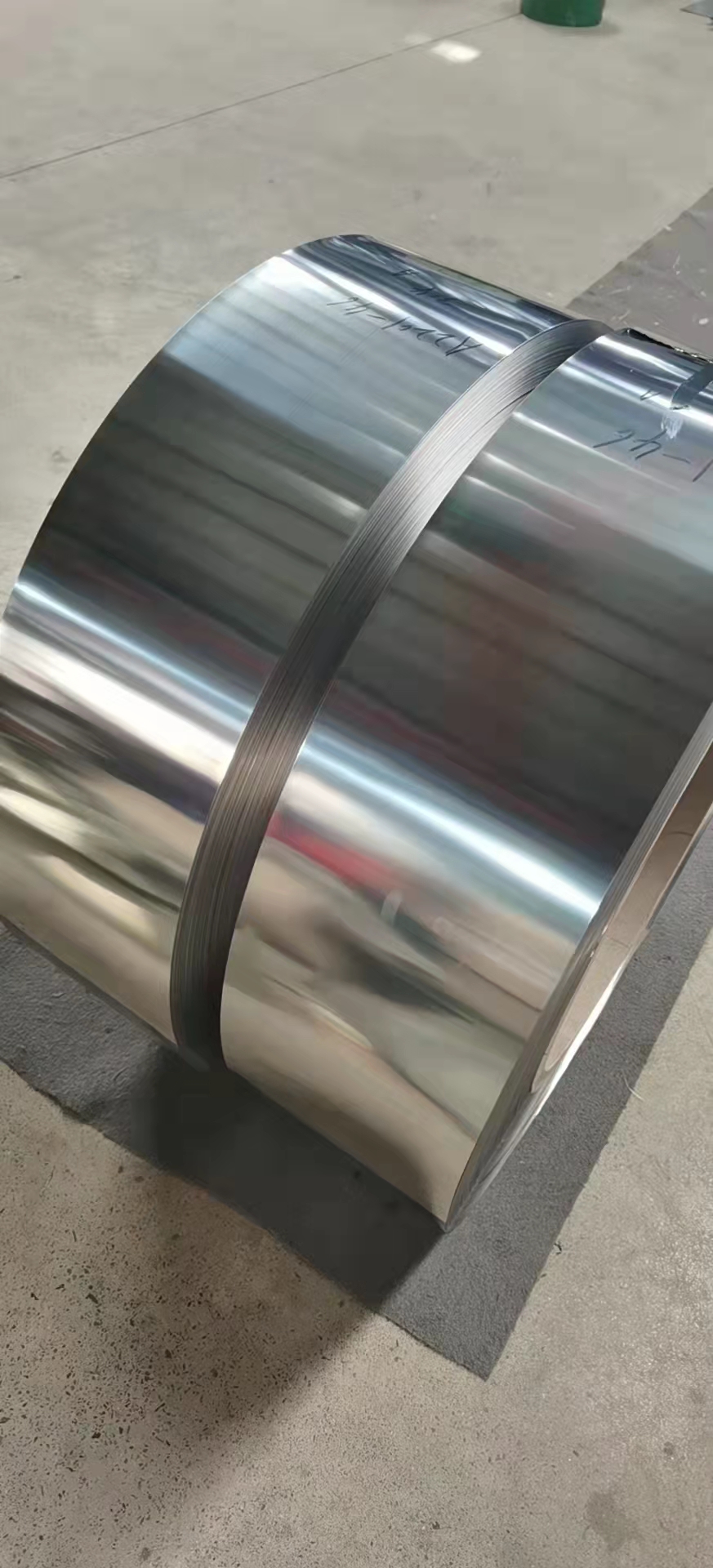Stainless steel is steel that is not easy to rust. The main alloying element in stainless steel strips is Cr (chromium). Only when the Cr content reaches a certain value, the steel has corrosion resistance. The general Cr content of
stainless steel strips is at least 10.5%. The corrosion resistance mechanism of the stainless steel strip is the passive film theory, that is, an extremely thin, firm and fine stable Cr-rich passivation film is formed on the surface to prevent oxygen atoms from continuing to infiltrate and oxidize, thereby achieving the ability to prevent corrosion.
When brown rust spots (spots) appeared on the surface of the stainless steel strip, people were greatly surprised: they thought that "stainless steel is rustless, and if it gets rusty, it is not stainless steel. It may be that there is a problem with the steel quality." In fact, this is a one-sided misconception about the lack of understanding of stainless steel. If we can intuitively understand the various corrosion types of stainless steel, we can have corresponding countermeasures to reduce losses in the face of stainless steel corrosion. The corrosion damage of stainless steel is mostly local corrosion damage, the most common ones are intergranular corrosion (9%), pitting corrosion (23%) and stress corrosion (49%).
Pitting corrosion is a very dangerous localized corrosion. Small holes occur and then the corrosion progresses rapidly. In severe cases, it can lead to perforation. The main factors affecting pitting corrosion are:
1. Influenced by Cl-, Cl- causes partial destruction of the passivation film of stainless steel, resulting in preferential corrosion of this part;
2. The influence of temperature, the higher the temperature, the faster the corrosion;
3. Contaminants attached to the surface prevent oxygen flow. For example, pitting corrosion often occurs in stainless steel (mostly 201 or 304 stainless steel) sinks in daily life. If some acidic or salty substances are stored in the sink and are not treated in time, it will cause pitting corrosion in the stainless steel sink.
For stainless steel sinks with pitting corrosion, the preventive measures are as follows:
1. Prevent Cl- from attaching;
2. Carry out reasonable surface treatment to form a stable passivation film;
3. Choose materials with strong Cl- corrosion resistance (such as 316L stainless steel with Mo added).



